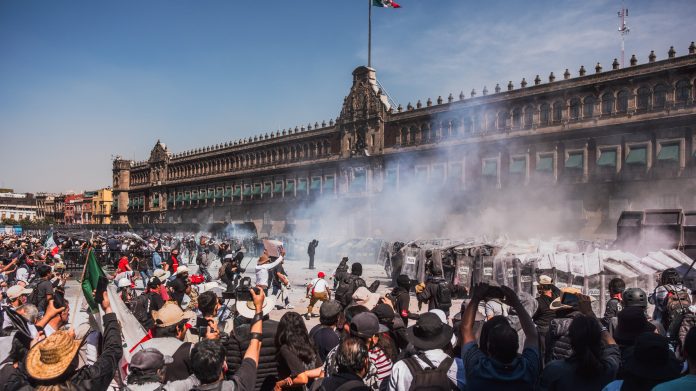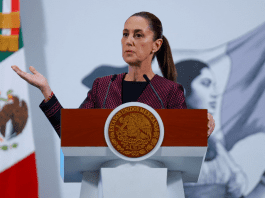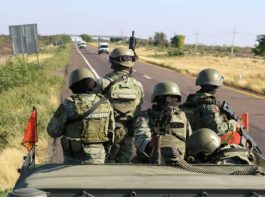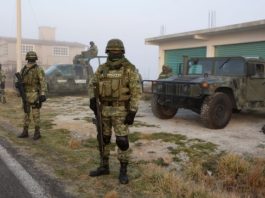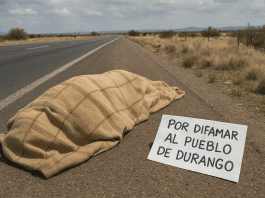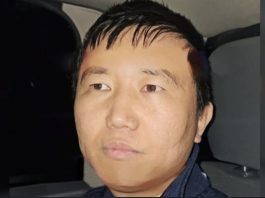A huge wave of demonstrations swept across Mexico as thousands of people gathered in more than 50 cities. Many young people joined what is widely being called a Gen Z protest, although people of all ages also filled the streets. The marches grew after a local mayor was shot and killed during a traditional public celebration, an event that shocked communities across the country.
Gen Z Protest Movement Spreads Across Mexico
Crowds filled the streets with national flags and banners, demanding better protection from crime and corruption. Many said the late mayor had stood up to dangerous criminal groups, and his death showed how serious the safety crisis had become. The Gen Z protest quickly spread nationwide, with young people saying they were tired of living in fear.
The demonstrations began on the 14th and grew larger on the 15th. Around 20 people were arrested, and more than 120 were injured, including over 100 police officers. Although the event was described as a Gen Z protest, major local media noted that many participants were older adults, creating an unexpected mix of generations.
Madagascar president reportedly flees as Gen Z protests grow over poverty and corruption
In big cities, the protests became intense and chaotic, with clashes between police and demonstrators leading to pushing and shouting. Smaller towns, especially those controlled by criminal groups, saw extremely low turnout. In one area, only eight people showed up, forcing organizers to cancel the rally.
The marches featured a wide range of symbols. A pirate flag from a well-known Japanese animated series—popular in youth activism—appeared in several cities. Local flags, religious icons, and even an old nationalist flag also surfaced. The phrase Gen Z protest trended heavily online, even though crowds included people of all ages.
Government Pushback and Claims of Online Manipulation
Organizers of the Gen Z protest said the marches reflected real anger over violence and corruption, but the government claimed otherwise. Officials released a report called “Infodemia,” arguing that the demonstrations were part of a coordinated online campaign supported by wealthy business interests and international conservative groups.
The report said more than 200 TikTok accounts and over 360 Facebook groups pushed messages promoting the rallies. Many TikTok accounts were created only weeks before the protests. Authorities also claimed that artificial intelligence tools were used to spread fake images, including a false picture of the presidential palace on fire. Bots were said to have helped repeat key protest slogans.
How Expensive Is Intelligence? J.P. Morgan Puts a $650-Billion Tag on AI’s Future
The government argued that online messaging changed suddenly. Before the mayor’s killing, many posts focused on ending the president’s term. After his assassination, the discussion shifted to fear of rising crime. Officials said this quick change suggested outside planning rather than natural public emotion.
Opposition groups denied the accusations, saying the government was trying to silence young people calling for safety. They also criticized police action at the rallies, claiming the Gen Z protest was peaceful until officers intervened. Experts noted that the movement showed widespread frustration with violence and daily insecurity.
Gen Z Protest Fueled by Mayor’s Killing and Rising Local Fears
The tragedy that triggered the Gen Z protest centered on a mayor known for speaking openly about crime and corruption. He often wore protective gear, patrolled with police, and pushed for strong action against criminal groups. Despite warning that local leaders faced constant danger, he was shot multiple times during a cultural event attended by families. His death made him the seventh mayor killed this year, raising serious concerns about public safety.
After the killing, the Gen Z protest spread across the country. Large cities saw big crowds, strong emotions, and tense clashes, while smaller regions—especially those under criminal influence—had very low turnout. Many families said they were too afraid to participate.
Nepal rocked by Gen Z uprising as youth-led protests ignite nationwide chaos; Prime Minister Resigns
Although the rallies were widely labeled a Gen Z protest, reporters noted that older generations also took part. Parents, grandparents, and workers marched alongside young people, showing that fear and frustration were shared across age groups. This mix made it harder to define who was leading the movement but showed how broad the concerns had become.
Political reactions quickly split. Opposition groups accused the government of ignoring public anger, while officials claimed the movement was driven by misinformation. International media reported that the Gen Z protest revealed deep frustration with violence, corruption, and rising living costs nationwide.

